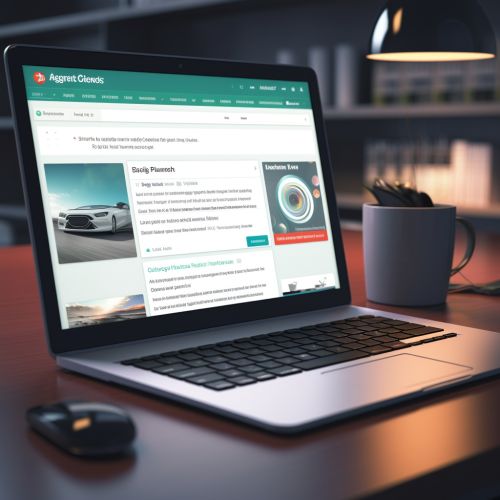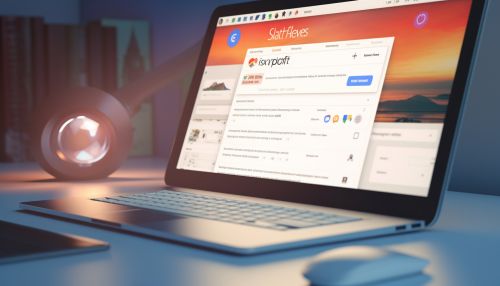Pay-Per-Click Advertising (PPC)
Overview
Pay-per-click (PPC) is an online advertising model used to drive traffic to websites, in which an advertiser pays a publisher (typically a search engine, website owner, or a network of websites) when the ad is clicked. PPC is commonly associated with first-tier search engines (such as Google Ads and Microsoft Advertising). With search engines, advertisers typically bid on keyword phrases relevant to their target market and pay when ads (text-based search ads or shopping ads that are more visual product-centric advertisements) are clicked.
History
The PPC advertising model is open to abuse through click fraud, although Google and others have implemented automated systems to guard against abusive clicks by competitors or corrupt web developers. The concept of PPC has been around since the dawn of the internet age. The first known large-scale non-commercial spam message was sent on 18 January 1994 by an Andrews University system administrator, by cross-posting a religious message to all USENET newsgroups.
How PPC Works
In PPC advertising, ads are subject to a bidding system known as the Ad Auction, an automated process that Google and other major search engines use to determine the relevance and validity of advertisements that appear on their search engine results pages (SERPs).
Cost Per Click (CPC)
CPC, also known as Pay Per Click (PPC), is the actual price you pay for each click in your pay-per-click (PPC) marketing campaigns. In this model, a higher CPC means you pay more for each click on your ad.
PPC Campaign Structure
A PPC campaign consists of a variety of ad groups related to a particular marketing strategy. The PPC campaign includes the ad design, writing copy, testing the conversion rate, and targeting different demographics.
Keyword Research
Keyword research for PPC can be incredibly time-consuming, but it is also incredibly important. Your entire PPC campaign is built around keywords, and the most successful Google Ads advertisers continuously grow and refine their PPC keyword list.
Quality Score
Quality Score is Google's rating of the quality and relevance of both your keywords and PPC ads. It is used to determine your cost per click (CPC) and multiplied by your maximum bid to determine your ad rank in the ad auction process.
PPC Bid Management
Bid management is a part of the PPC system that helps advertisers manage their PPC advertising strategy and budget. The process of PPC bid management involves bidding on certain keywords to improve ad ranking and maximize ROI.
Ad Copy
The ad copy is the main text of a clickable advertisement. It usually appears in second or third position of the search engine results pages (SERPs). The purpose of the ad copy is to attract users and get them to click on the ad.
Landing Pages
A landing page is a webpage that is displayed when a potential customer clicks an advertisement or a search engine result link. The landing page typically displays directed sales copy that is a logical extension of the advertisement, search result or link.
Conversion Rate
The conversion rate is the percentage of users who take a desired action. The archetypical example of conversion rate is the percentage of website visitors who buy something on the site.
PPC Advertising Platforms
There are several types of PPC advertising platforms available. The most common platforms are Google Ads and Bing Ads.
Advantages and Disadvantages of PPC
Like any marketing method, PPC has its pros and cons. But what exactly are the advantages and disadvantages of PPC?
See Also


